River Orto Kuugan. Destruction of the floodplain forest. Changes in the riverbed.
Coordinates: 41.989273, 74.574591
Floodplain forests are unique ecosystems located along riverbeds. In Kyrgyzstan, they play a crucial role: they protect against floods, stabilize the microclimate, serve as a refuge for rare and endangered species of plants and animals, and provide soil fertility and clean water. However, in recent years, these green lungs of the country have been under real threat – they are being barbarically cut down for the extraction of inert materials and the production of gravel. Throughout Kyrgyzstan, especially in the Chui, Naryn, Jalal-Abad, and Osh regions, companies engaged in the extraction of sand, gravel, and crushed stone from riverbeds and coastal areas have become more active. These materials are in demand for the construction of roads, buildings, and infrastructure projects. However, industrial extraction is often carried out in violation of environmental standards and without proper oversight from government authorities.
How are floodplain forests suffering?
Deforestation. To provide access for machinery and organize quarries, large areas of tugai and floodplain forests – poplars, willows, black locusts, and jida trees – are being cut down. These are not just trees – they are entire ecosystems that are home to birds, insects, and mammals.
Soil and hydrology destruction. The extraction of inert materials from floodplains disrupts the water balance: groundwater levels drop, tree roots are exposed, river flows change, leading to erosion and desertification.
Loss of biodiversity. Forests along rivers are a refuge for red-listed species. By destroying them, we lose entire biological communities, including rare birds, amphibians, plants, and insects.
Threat to local residents. Floodplain forests provide villages with firewood, fodder, medicinal plants, and clean water. Their destruction leads to a decline in quality of life and an increase in poverty.
Causes of the problem
Profit-driven motives. For many companies, only the economic outcome matters, not the environmental consequences.
Insufficient oversight. Government structures often turn a blind eye to illegal or semi-legal extraction.
Legislative gaps. Existing laws poorly protect floodplain forests and do not provide mechanisms for restoration after extraction.
What can be done?
Moratorium on extraction in vulnerable ecosystems. It is necessary to prohibit or severely restrict the extraction of inert materials within floodplains and along riverbeds.
Creation of green belts and protected areas. Some areas of floodplain forests should be designated as nature reserves or micro-reserves.
Forest restoration. Companies engaged in extraction must restore disrupted ecosystems at their own expense.
Activation of public oversight. Residents of the regions, NGOs, and eco-movements can play a key role in monitoring and highlighting violations.
The floodplain forests of Kyrgyzstan are our natural shield, a source of life, and part of our cultural heritage. Their preservation requires urgent and decisive action from authorities, businesses, and society. Today, it is up to us whether rivers and forests will remain alive for future generations.
Floodplain forests are unique ecosystems located along riverbeds. In Kyrgyzstan, they play a crucial role: they protect against floods, stabilize the microclimate, serve as a refuge for rare and endangered species of plants and animals, and provide soil fertility and clean water. However, in recent years, these green lungs of the country have been under real threat – they are being barbarically cut down for the extraction of inert materials and the production of gravel. Throughout Kyrgyzstan, especially in the Chui, Naryn, Jalal-Abad, and Osh regions, companies engaged in the extraction of sand, gravel, and crushed stone from riverbeds and coastal areas have become more active. These materials are in demand for the construction of roads, buildings, and infrastructure projects. However, industrial extraction is often carried out in violation of environmental standards and without proper oversight from government authorities.
How are floodplain forests suffering?
Deforestation. To provide access for machinery and organize quarries, large areas of tugai and floodplain forests – poplars, willows, black locusts, and jida trees – are being cut down. These are not just trees – they are entire ecosystems that are home to birds, insects, and mammals.
Soil and hydrology destruction. The extraction of inert materials from floodplains disrupts the water balance: groundwater levels drop, tree roots are exposed, river flows change, leading to erosion and desertification.
Loss of biodiversity. Forests along rivers are a refuge for red-listed species. By destroying them, we lose entire biological communities, including rare birds, amphibians, plants, and insects.
Threat to local residents. Floodplain forests provide villages with firewood, fodder, medicinal plants, and clean water. Their destruction leads to a decline in quality of life and an increase in poverty.
Causes of the problem
Profit-driven motives. For many companies, only the economic outcome matters, not the environmental consequences.
Insufficient oversight. Government structures often turn a blind eye to illegal or semi-legal extraction.
Legislative gaps. Existing laws poorly protect floodplain forests and do not provide mechanisms for restoration after extraction.
What can be done?
Moratorium on extraction in vulnerable ecosystems. It is necessary to prohibit or severely restrict the extraction of inert materials within floodplains and along riverbeds.
Creation of green belts and protected areas. Some areas of floodplain forests should be designated as nature reserves or micro-reserves.
Forest restoration. Companies engaged in extraction must restore disrupted ecosystems at their own expense.
Activation of public oversight. Residents of the regions, NGOs, and eco-movements can play a key role in monitoring and highlighting violations.
The floodplain forests of Kyrgyzstan are our natural shield, a source of life, and part of our cultural heritage. Their preservation requires urgent and decisive action from authorities, businesses, and society. Today, it is up to us whether rivers and forests will remain alive for future generations.
The research was conducted with the support of the Global Greengrants Fund (GGF), one of the leading donor organizations in the world supporting the efforts of ordinary people to protect planet Earth. #GlobalGreengrantsFund #GreengrantsFund #Greengrants #GGF #GlobalGreengrantsFund

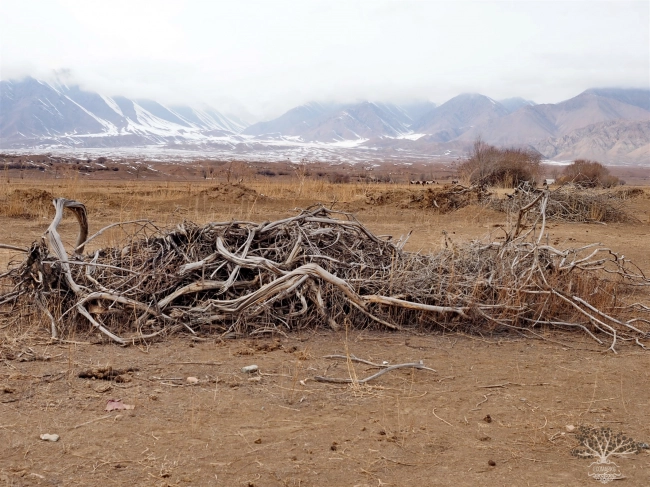



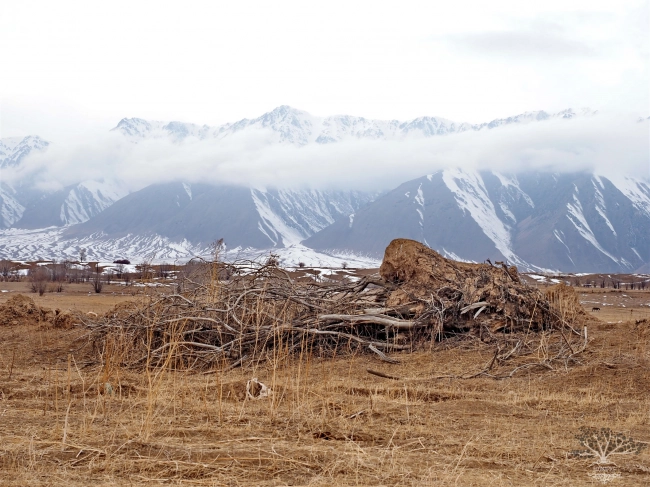
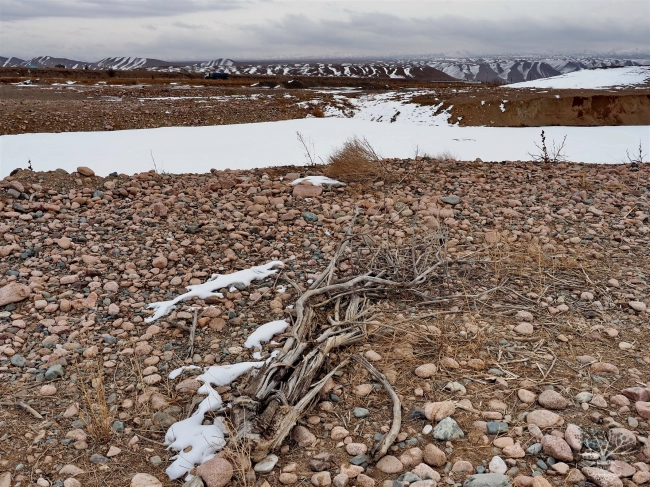
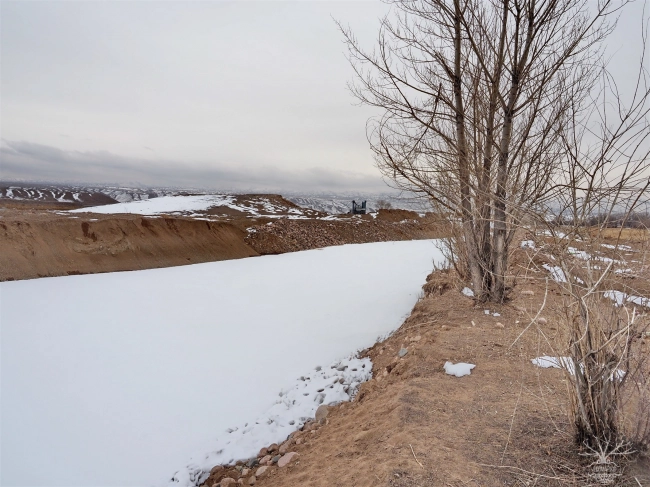
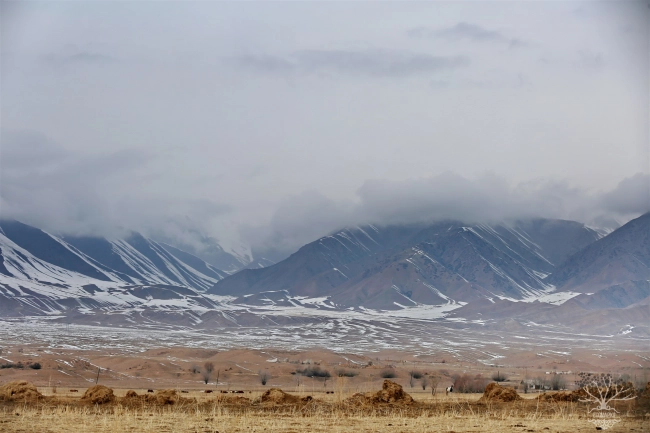

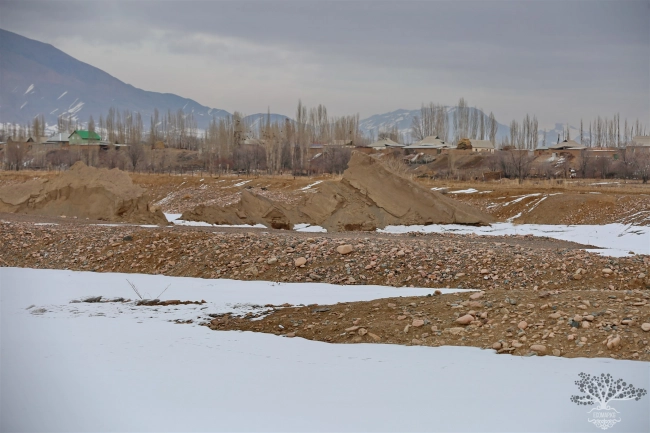



















Attention: Information based on submitted complaints